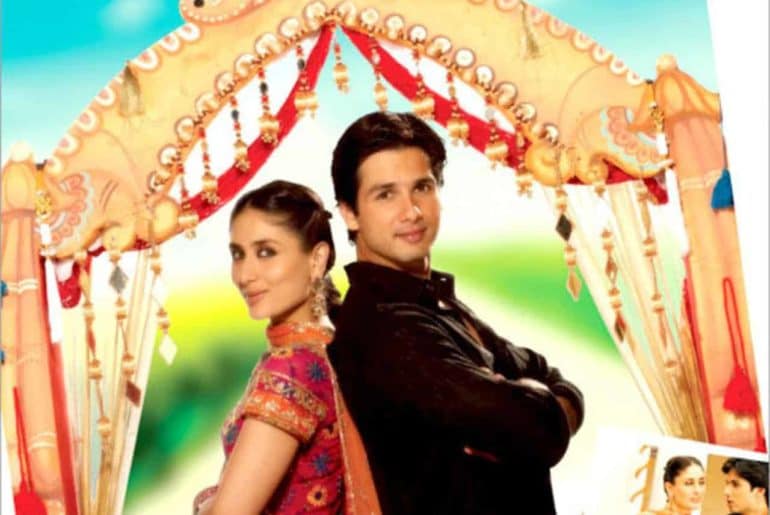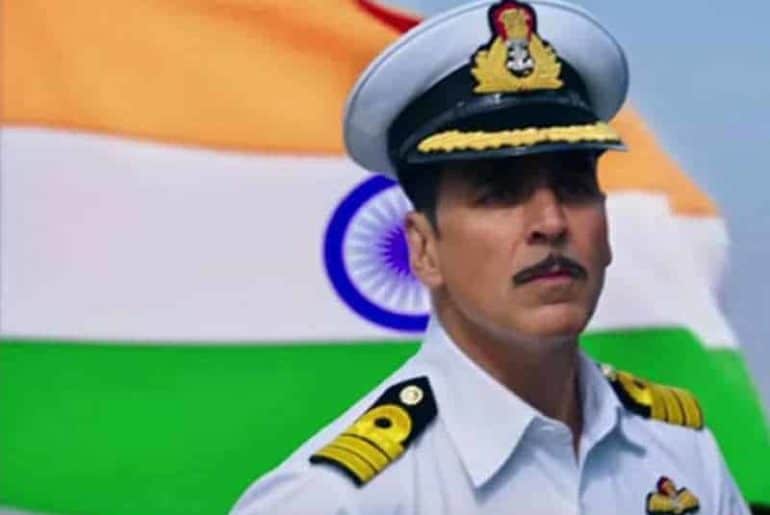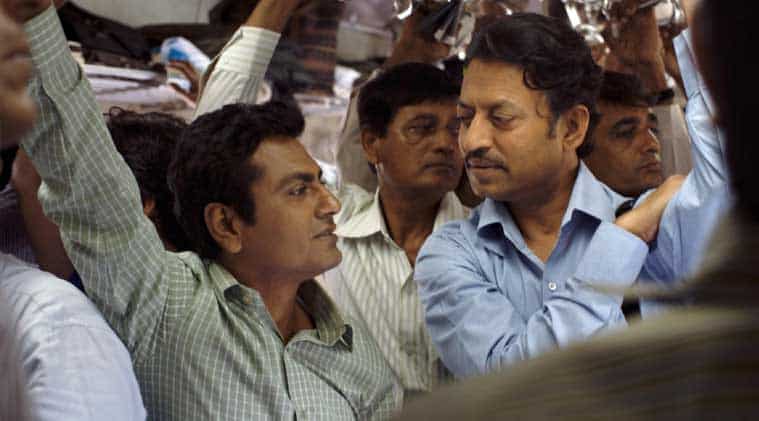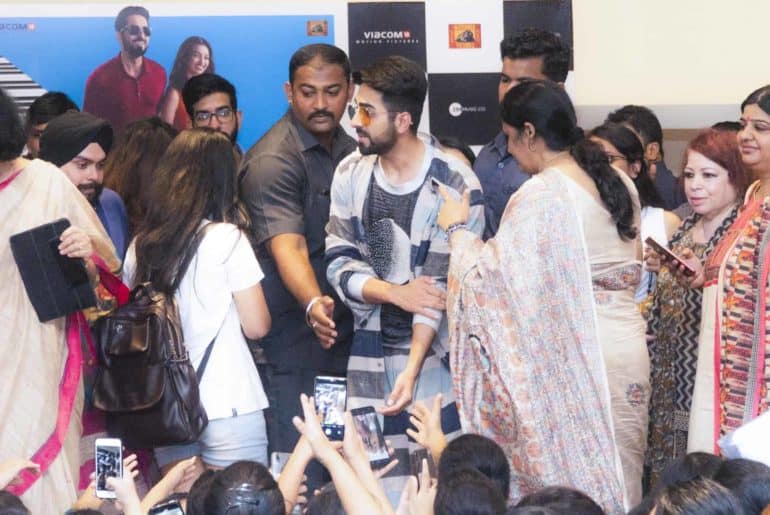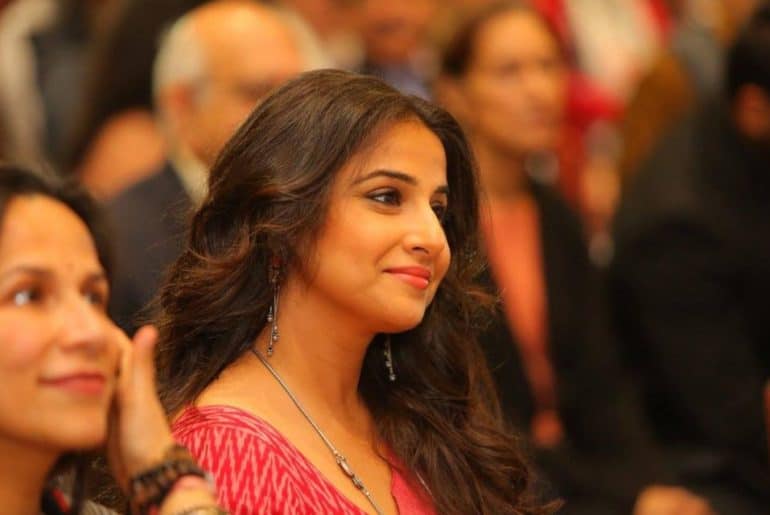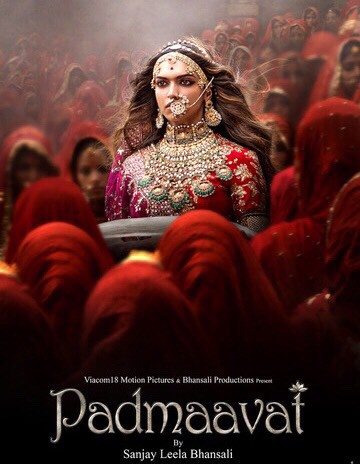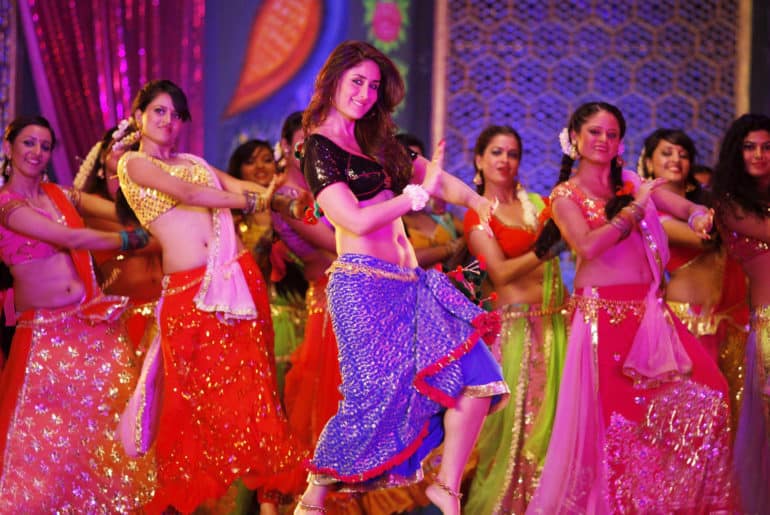It’s been 12 years since one of Bollywood’s biggest Rom-com took over our hearts with a beautiful chemistry after Jab we met was released in 2007.
Imtiaz Ali has always managed to portray extraordinary stories about love, life and friendships that always have a heartfelt impact on us walking out of the theatre. Jab we met is one of those few Bollywood movies which had a Hollywood remake. A Hollywood movie called “leap year” was inspired by the Bollywood classic and also won several hearts. This story about two completely different people and their journey of finding love in each other in extreme circumstances sounds cliche but in this movie, there’s a lot of craziness and laughter with moments of self-realisation and tears.
Geet, a charming bubbly girl who has unrealistic dreams and doesn’t think much, makes stupid decisions and then endure them like they weren’t the consequences of her own actions, a character we can all relate to. She lives her life unapologetically and doesn’t seek anyone’s validation no matter what the outcome. When she comes across Aditya, a serious guy who always had everything planned out for him and had real pride in his thoughtful way of living. You’d think for a man who reckons so thoroughly about everything and is a lot more serious in life wouldn’t face any sort of setbacks and awful times. That’s when the movie teaches you that you could choose to live either way but life would surprise you in every aspect and you would have to face terrible times no matter what. There’s no winner or loser here.
This movie has also taught us that no matter how hard you hit the rock bottom, tough times don’t last forever and things work out eventually. This might sound like a utopian thought but it’s just all about perspective. The movie took the common problems of the audience and gave a viewpoint for the way out. The hardships of heartbreak, rejection, being cheated on, issues with family, and career problems. How many times have we seen a future with someone and planned everything with that person and witnessed it turning out a lesson for life? It’s true that things don’t work out the way we always want them to. And it’s fine because there’s always a better side to it. It doesn’t always have to be with the person you’ve had a history with. Jab we met made me realise that it’s not about your first love, but the love of your life.
One’s never too grown-up or proud to try the most childish ways to get over things if it makes them feel better. If it makes you feel better to flush down a picture of a toxic ex, DO IT. If you’re not happy with what you’re doing in your life, it’s never too late to start over, go with it and turn things around. And you don’t always have to hate the people who are not in your life anymore, you can always learn from them and thank them and ace in life.
Let’s not ignore the unrealistic romantic standards the movie has set for us. If the movie was a happy ending for Aditya and Geet, it was a disastrous end for Anshuman. But let’s face it, we have all been at both ends and after seeing the movie, I definitely do not want to be at the third end where I miss my train at Ratlam station and get lectured about how “Akeli ladki khuli tijori ki tarah hoti hai“.
Twelve years and no other story beats that combination of love, laughter and tears. Thank you for all the life lessons better than any Tedtalk.
Feature Image Credits: IMDB
Avni Dhawan

